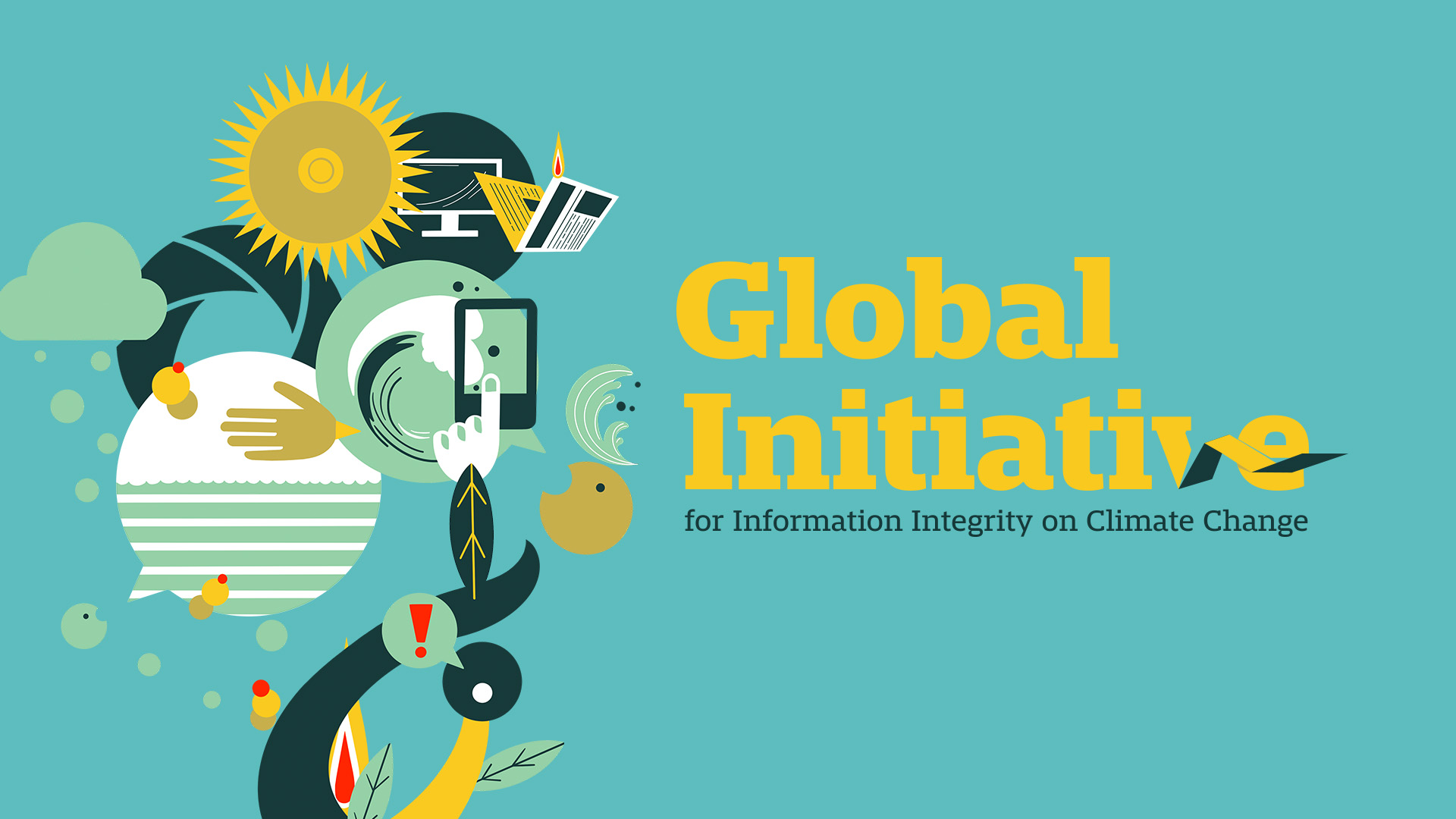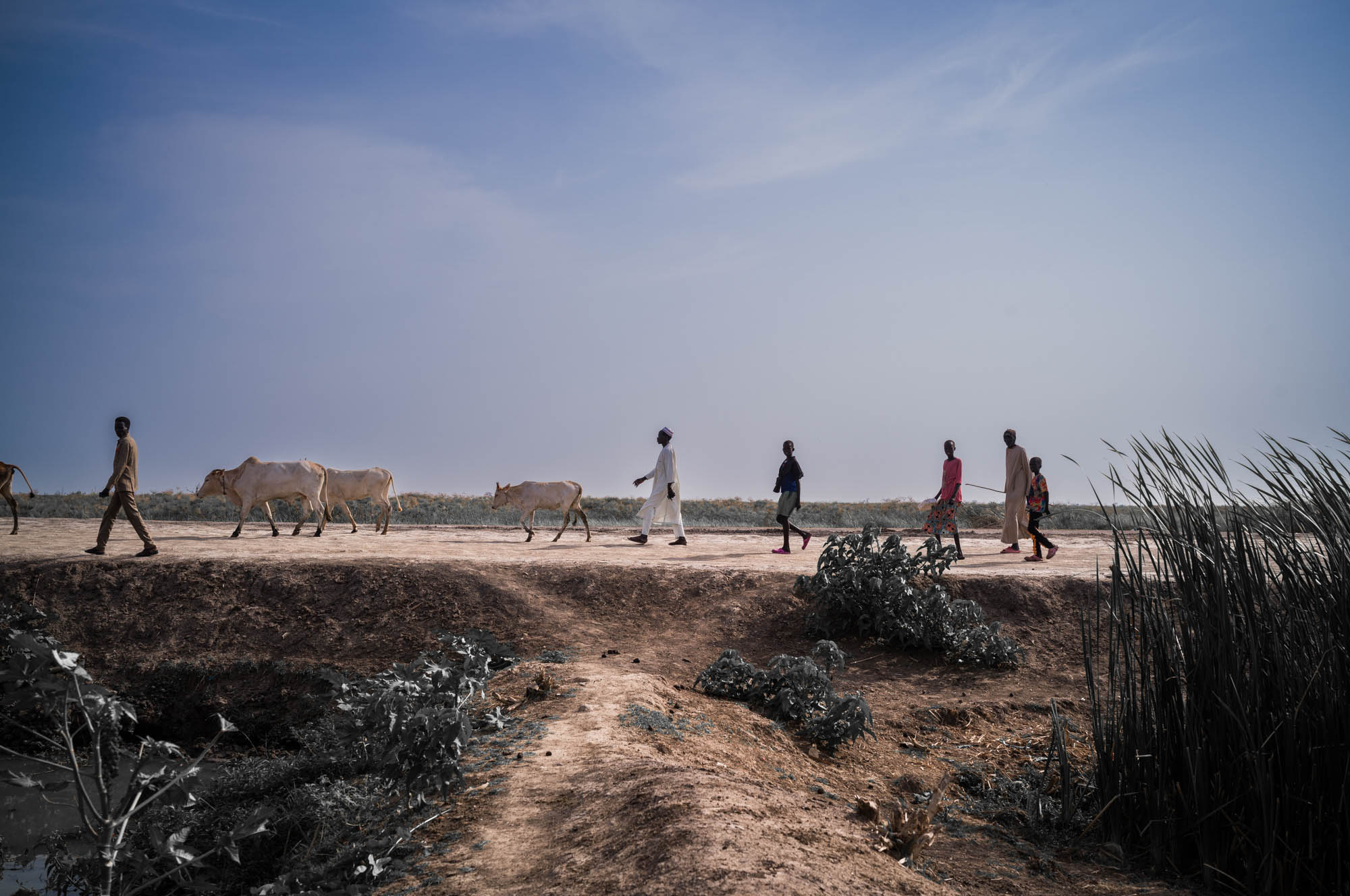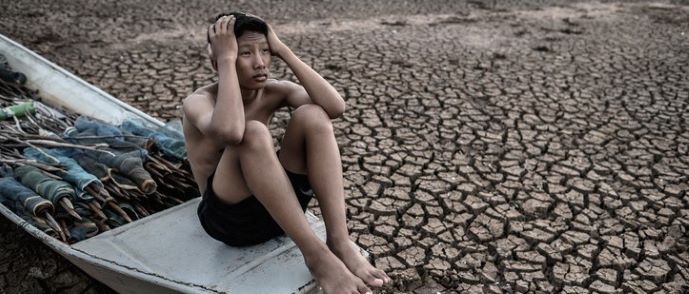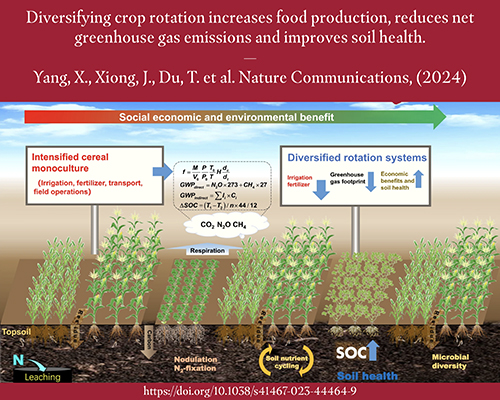Report on Abrupt Climate Change and its Implications for the Sustainable Development Goals
1.0 Introduction: Abrupt Climate Change as a Critical Challenge to Global Sustainability
Research since the 1980s, informed by paleoclimatological data from ice cores, has identified abrupt climate change as a significant threat to global stability and the achievement of the Sustainable Development Goals (SDGs). These sudden shifts in Earth’s climate system from one equilibrium state to another represent “tipping points” that can be triggered by seemingly small changes. Understanding these phenomena is critical for fulfilling the mandate of SDG 13 (Climate Action), as they reveal the climate system’s sensitivity. The potential for rapid, radical changes poses a direct threat to societal and ecological resilience, jeopardizing progress across numerous SDGs, including those related to poverty, hunger, health, and ecosystems.
2.0 Historical Precedents and Their Relevance to the SDG Framework
Analysis of past climate events provides critical insight into the potential scale and scope of future disruptions and their impact on sustainable development.
2.1 The Younger Dryas Event (12,900 to 11,600 years ago)
- Event Summary: A sharp temperature drop of 4 to 8 °C in the North Atlantic region, caused by a shutdown of the thermohaline circulation, likely due to an influx of glacial meltwater.
- SDG Implications:
- SDG 2 (Zero Hunger): Such a rapid cooling would have decimated agricultural systems, leading to widespread food insecurity.
- SDG 14 (Life Below Water): The disruption of major ocean currents, a key heat transport mechanism, highlights the vulnerability of marine systems to climate tipping points.
- SDG 15 (Life on Land): The event caused significant, albeit lesser, effects on terrestrial ecosystems globally, demonstrating a threat to biodiversity and ecosystem services.
2.2 Other Documented Abrupt Climate Shifts
- Dansgaard-Oeschger Cycles: These cycles during the last glacial period show rapid transitions between climate states, reinforcing the inherent instability of the system under certain conditions.
- 8,200-Year-Old Cooling Event: A “miniature Younger Dryas” caused by the draining of glacial Lake Agassiz. It had documented ecological impacts, such as the decline of hemlock populations in North America, directly affecting SDG 15 (Life on Land).
- Paleocene-Eocene Thermal Maximum (56 million years ago): A rapid warming event linked to a massive release of greenhouse gases (methane hydrates). This historical analog underscores the severe ecological and biogeochemical consequences of rapid carbon emissions, a central concern for SDG 13 (Climate Action).
3.0 Causal Mechanisms and the Link to Anthropogenic Activity
Abrupt climate changes can be triggered by various processes, which fall into two main categories relevant to current human activity and the pursuit of the SDGs.
- External Forcing: Rapid changes in an external factor, such as a sudden influx of meltwater or a massive outgassing of methane, can push the climate system into a new state. This highlights the risks associated with melting ice sheets and warming seabeds, both consequences of failing to meet SDG 13 targets.
- Nonlinear System Behavior: Gradual changes in external factors, such as the steady increase in atmospheric greenhouse gases from fossil fuel combustion and land-use change, can push the climate system across a critical threshold. This is a primary concern for global sustainability, as current human activities are altering key climate components, increasing the risk of triggering an abrupt, irreversible shift.
4.0 Societal Vulnerability and the Imperative for SDG-Aligned Action
The primary concern of abrupt climate change is its potential to outpace the adaptive capacity of human and natural systems, creating severe risks for global development.
4.1 Risks to Human and Ecological Systems
- Economic and Agricultural Disruption: Rapid climate shifts threaten to overwhelm agricultural, industrial, and economic systems, directly undermining SDG 2 (Zero Hunger) and SDG 8 (Decent Work and Economic Growth).
- Ecosystem Collapse: The speed of change poses a severe risk to ecosystems and biodiversity, threatening the foundations of SDG 14 (Life Below Water) and SDG 15 (Life on Land).
- Human Health and Well-being: The resulting disruptions would have severe consequences for human health and societal stability, jeopardizing SDG 3 (Good Health and Well-being) and SDG 11 (Sustainable Cities and Communities).
4.2 The Role of Interdisciplinary Collaboration
Addressing this complex challenge requires integrated efforts. The collaboration between climate scientists, social scientists, ecologists, and economists to assess societal vulnerability exemplifies SDG 17 (Partnerships for the Goals). This knowledge is essential for developing robust adaptation and mitigation strategies that safeguard human societies and natural ecosystems against “climate surprises” and ensure the long-term viability of the entire SDG agenda.
Analysis of Sustainable Development Goals in the Article
1. Which SDGs are addressed or connected to the issues highlighted in the article?
-
SDG 13: Climate Action
- The entire article is centered on the issue of “abrupt climate change,” its historical precedents, mechanisms, and potential future risks driven by human activities. It directly addresses the core concerns of SDG 13.
-
SDG 15: Life on Land
- The article mentions specific impacts on terrestrial ecosystems. For example, it notes the “ecological impacts in Europe and North America that included a rapid decline of hemlock populations” and a “rapid drop in the water levels of lakes and bogs.” This connects directly to the goal of protecting terrestrial life.
-
SDG 14: Life Below Water
- The article highlights the critical role of oceans in the climate system. It discusses the “shutdown of the thermohaline circulation in the North Atlantic” and the release of “methane hydrates… from the ocean floor” as key events, linking climate change to the health and stability of marine ecosystems.
-
SDG 2: Zero Hunger
- The text warns that abrupt climate shifts could “outstrip the capacity of agricultural… systems to respond and adapt,” which directly relates to food security and the aims of SDG 2.
-
SDG 3: Good Health and Well-being
- A direct connection is made by stating that societies may have to pay “severe penalties in the form of… human health… disruptions,” linking climate change to human well-being.
-
SDG 8: Decent Work and Economic Growth
- The article points out the societal risks of abrupt climate change, noting that it could overwhelm “industrial, and economic systems” and incur significant “economic… disruptions.”
-
SDG 17: Partnerships for the Goals
- The article explicitly mentions interdisciplinary collaboration, stating that “Climate scientists are working with social scientists, ecologists, and economists to assess society’s vulnerability to such ‘climate surprises’,” which exemplifies the partnerships promoted by SDG 17.
2. What specific targets under those SDGs can be identified based on the article’s content?
-
Under SDG 13 (Climate Action)
- Target 13.1: “Strengthen resilience and adaptive capacity to climate-related hazards and natural disasters in all countries.” The article underscores the importance of this target by highlighting that “abrupt changes… put human cultures and societies… at considerable risk of severe disruption” and that adaptation is crucial.
- Target 13.3: “Improve education, awareness-raising and human and institutional capacity on climate change mitigation, adaptation, impact reduction and early warning.” The article itself serves this purpose by using knowledge of past climate events (“ice core records,” “ocean and continental records”) to help “identify the risks associated with altering the Earth system.”
-
Under SDG 15 (Life on Land)
- Target 15.1: “ensure the conservation, restoration and sustainable use of terrestrial and inland freshwater ecosystems.” The article provides historical examples of damage to these systems, such as the “rapid decline of hemlock populations” and changes in “lakes and bogs,” implicitly arguing for their protection.
- Target 15.5: “Take urgent and significant action to reduce the degradation of natural habitats, halt the loss of biodiversity…” The text supports this by warning that abrupt changes put “populations of other species and the ecosystems they inhabit, at considerable risk.”
-
Under SDG 14 (Life Below Water)
- Target 14.3: “Minimize and address the impacts of ocean acidification, including through enhanced scientific cooperation at all levels.” While not mentioning acidification specifically, the article discusses profound oceanic disruptions like the “shutdown of the thermohaline circulation” and the “outgassing and oxidation of methane hydrates,” which are major impacts on ocean systems requiring scientific understanding.
-
Under SDG 17 (Partnerships for the Goals)
- Target 17.16: “Enhance the global partnership for sustainable development, complemented by multi-stakeholder partnerships…” The article provides a direct example of this by describing how “Climate scientists are working with social scientists, ecologists, and economists” to tackle the issue.
3. Are there any indicators mentioned or implied in the article that can be used to measure progress towards the identified targets?
-
Atmospheric Greenhouse Gas Concentrations
- The article mentions a “rapid increase in atmospheric carbon dioxide concentrations” and “greenhouse gas emissions” as drivers of climate change. Measuring these concentrations is a key indicator of progress in climate action.
-
Regional and Global Temperatures
- The text provides a specific example of a “sharp drop in temperatures… estimated at 4 to 8 °C.” Monitoring temperature anomalies is a fundamental indicator of climate change.
-
Ocean System Stability
- The article implies the need to monitor ocean systems by discussing events like the “shutdown of the thermohaline circulation.” Indicators would include measurements of ocean current strength and temperature.
-
Glacier and Ice Sheet Mass
- The “influx of large volumes of freshwater from melting glaciers” is cited as a cause of abrupt change. Therefore, monitoring glacier mass balance and melt rates is a relevant indicator.
-
Ecosystem and Biodiversity Health
- The article implies indicators such as species population levels (“rapid decline of hemlock populations”) and the physical state of habitats (“drop in the water levels of lakes and bogs”).
-
Socio-Economic Resilience
- The article refers to the capacity of “agricultural, ecological, industrial, and economic systems to respond and adapt.” Indicators could measure economic losses or disruptions to food supply chains due to climate-related events.
4. Summary Table of SDGs, Targets, and Indicators
| SDGs | Targets | Indicators (Mentioned or Implied in the Article) |
|---|---|---|
| SDG 13: Climate Action | 13.1: Strengthen resilience and adaptive capacity. 13.3: Improve education and awareness on climate change. |
– Atmospheric greenhouse gas concentrations. – Regional/global temperature changes. – Level of societal adaptation capacity. |
| SDG 15: Life on Land | 15.1: Conserve terrestrial and inland freshwater ecosystems. 15.5: Halt biodiversity loss. |
– Changes in species populations (e.g., hemlock). – Water levels in lakes and bogs. – Extent of forest cover. |
| SDG 14: Life Below Water | 14.3: Minimize and address impacts on marine ecosystems. | – Stability of ocean circulation patterns (e.g., thermohaline circulation). – Rate of glacier melt impacting oceans. – Methane release from ocean floor. |
| SDG 2: Zero Hunger | (Implied) 2.4: Ensure sustainable food production systems. | – Resilience of agricultural systems to climate shocks. |
| SDG 3: Good Health and Well-being | (Implied) 3.d: Strengthen capacity for early warning and management of health risks. | – Data on human health disruptions linked to climate events. |
| SDG 8: Decent Work and Economic Growth | (Implied) 8.4: Improve resource efficiency and decouple economic growth from environmental degradation. | – Economic costs and disruptions from climate events. |
| SDG 17: Partnerships for the Goals | 17.16: Enhance multi-stakeholder partnerships. | – Number and scope of interdisciplinary research collaborations (e.g., climate scientists with social scientists, ecologists). |
Source: britannica.com







